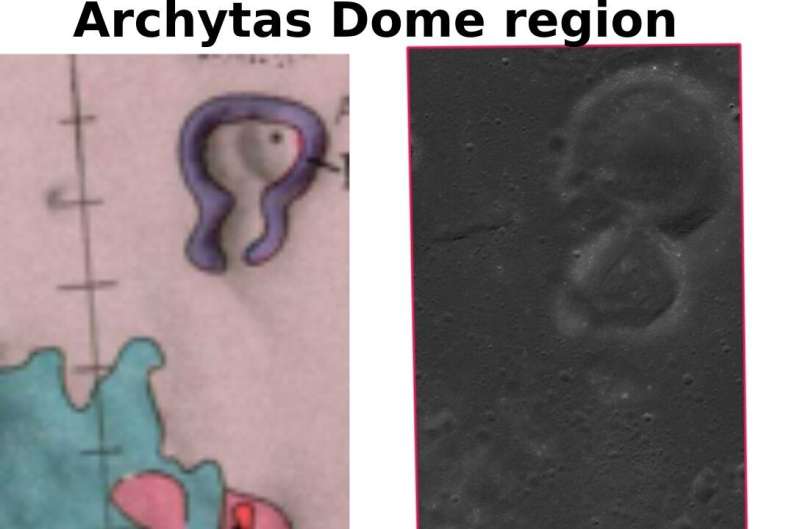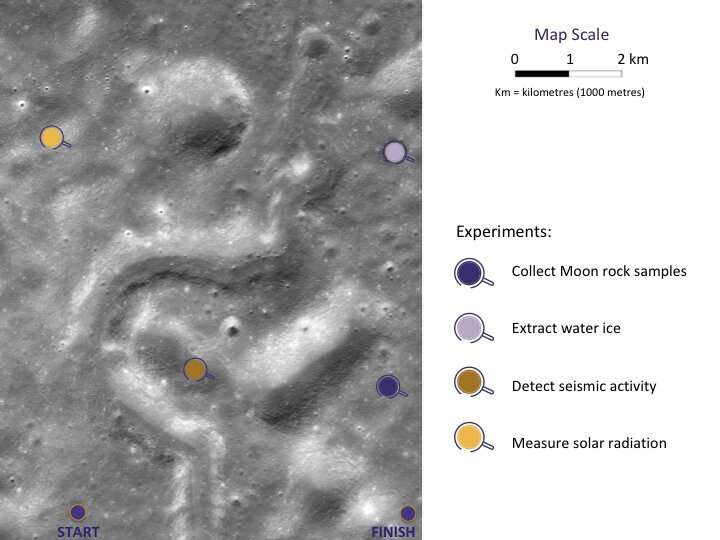Do you want to join the challenge to explore the moon?

Lunar enthusiasts of all ages are challenged to help identify features on the moon that might pose a hazard to rovers or astronauts exploring the surface.
The 2022 EXPLORE Lunar Data Challenge is focused on the Archytas Dome region, close to the Apollo 17 landing site where the last humans set foot on the moon 50 years ago this December.
The Machine Learning Lunar Data Challenge is open to students, researchers and professionals in areas related to planetary sciences, but also to anyone with expertise in data processing. There is also a Public Lunar Data Challenge to plot the safe traverse of a lunar rover across the surface of the moon, open to anyone who wants to "have a go," as well as a Classroom Lunar Data Challenge for schools, with hands-on activities about lunar exploration and machine learning.
Announcing the EXPLORE Machine Learning Lunar Data Challenge during the Europlanet Science Congress (EPSC) 2022 in Granada, Spain, this week Giacomo Nodjoumi said that "the Challenge uses data of the Archytas Dome taken by the Narrow Angle Camera (NAC) on the Lunar Reconnaissance Orbiter (LRO) mission. This area of the moon is packed craters of different ages, boulders, mounds, and a long, sinuous depression, or rille. The wide variety of features in this zone makes it a very interesting area for exploration and the perfect scenario for this Data Challenge."

The Machine Learning Lunar Data Challenge is in three steps: firstly, participants should train and test a model capable of recognizing craters and boulders on the lunar surface. Secondly, they should use their model to label craters and boulders in a set of images of the Archytas zone. Finally, they should use the outputs of their models to create a map of an optimal traverse across the lunar surface to visit defined sites of scientific interest and avoid hazards, such as heavily cratered zones.
The public and schools are also invited to use lunar images to identify features and plot a journey for a rover. Prizes for the challenges include vouchers totaling 1500 Euros, as well as pieces of real moon rock from lunar meteorites.
The EXPLORE project gathers experts from different fields of science and technical expertise to develop new tools that will promote the exploitation of space science data.
"Through the EXPLORE Data Challenges, we aim to raise awareness of the scientific tools that we are developing, improve their accuracy by bringing in expertise from other communities, and involve schools and the public in space science research," said Nick Cox, the Coordinator of the EXPLORE project.
More information: 2022 EXPLORE Lunar Data Challenge: exploredatachallenges.space/
Conference: www.epsc2022.eu/
Provided by Europlanet





















